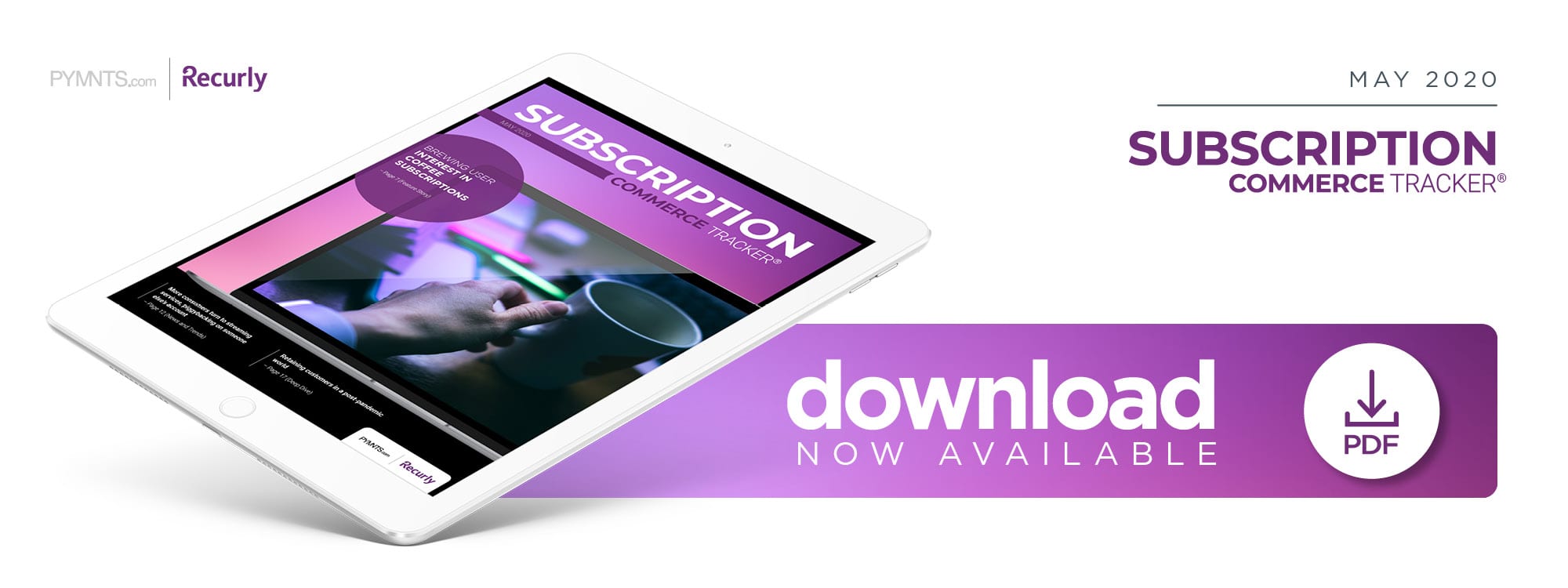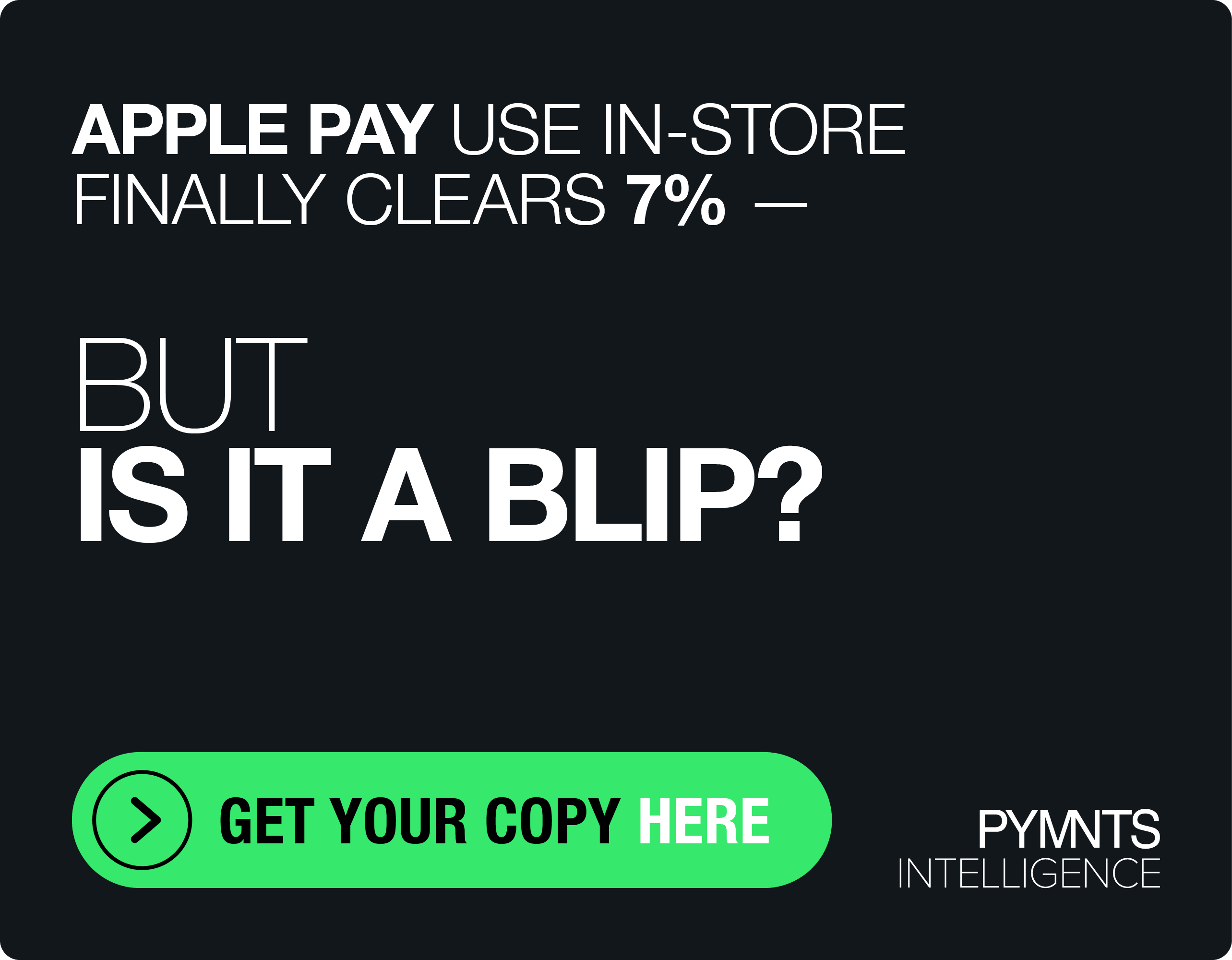Deep Dive: How Pause Features Can Help Subscription Services Fight Churn During The Pandemic

The ongoing COVID-19 pandemic is having wide-reaching effects on the broader subscription industry. Subscription businesses everywhere are witnessing a surge in demand for food deliveries, educational tools and other items. This growth in demand underpins a shift in consumer behavior — a result of stay-at-home mandates. Many consumers are limiting trips to grocery and retail stores, making food and beverage subscription companies that provide fresh ingredients to doorsteps appealing options. Subscribers are also streaming more content such as exercise videos and movies as fitness and entertainment venues remain closed.
Subscription businesses are still challenged with reducing churn despite this growth in demand. Many consumers sign up for subscription services and cancel their plans as soon as the free trial periods run out. Recent PYMNTS research found that approximately 27.4 million consumers are likely to cancel at least one of their services in the near future. This month’s Deep Dive examines how the subscription economy is faring amid the COVID-19 pandemic and what strategies businesses must deploy to not just survive but also thrive — despite the disruptions.
Global Impacts
Some subscription businesses, such as food delivery, digital content, gaming and streaming services, are benefiting from a surge in sales, while department stores, clothing chains and restaurants are suffering because of consumers’ changing habits and government-mandated business closures. Consumers are adjusting to ordering what they need online because most physical stores are either closed, have long lines, are operating with curbside pickup or offering delivery-only options.
Streaming services are fast gaining new subscribers. Many consumers are spending most of their time indoors and at home, which is projected to cause a 5 percent spike in global demand — the equivalent of 47 million subscriptions — for streaming services by the end of 2020. The pandemic had Wall Street analysts revising their outlooks for Netflix following a surge of binge watching during the first quarter as subscribers followed stay-at-home protocols. Disney+ has similarly expanded its subscriber base to 50 million in just five months since its launch, with analysts suggesting that the pandemic has played a major role in its rapid rise.
The cancellation of major sports events to curb the virus’s spread has left streaming companies to fill the entertainment void with content for their viewers, and they are seemingly prepared to continue to deliver engaging content over the next few months. Netflix reported in its latest quarterly earnings call that it was ready to supply ample content and would not run out in the near future, even though productions have been put on hold.
The Benefits of Pausing vs. Cancellation
The greatest challenge for those in the subscription market is avoiding disruption to their fundamental business models as the pandemic’s spread takes its toll. Subscription businesses need to continually deliver value for their customers and avoid any hiccups in service while also retaining subscribers who may be looking to save money due to a volatile job market. Pausing subscriptions is one option that allows subscribers to temporarily suspend their subscriptions until they are more comfortable financially. A subscriber is likely to pause a subscription rather than cancel it when they are getting value from the product or service and simply need to take a break. Pause capabilities cannot fix a retention issue that is rooted in service dissatisfaction, however.
Pausing is preferable to canceling for providers because it retains subscribers for the future. Recent PYMNTS research found that 51.7 percent of consumers — approximately 14.2 million people — who are likely to cancel their current subscriptions would use pause features if they were available. This could lead to as many as 9.5 million subscribers keeping their subscriptions. The opportunity for an increase in pause feature adoption is especially apparent among customers who use digital media and streaming products. PYMNTS research indicated that 27.7 percent of digital media subscribers and 23.7 percent streaming offering subscribers would be “very likely” to use the pause features.
Pause features are simple to execute and are less expensive than efforts to acquire new subscribers or win back those who have canceled. Pausing may be one effective tool to help subscription businesses emerge on the other side of the pandemic in financially stronger positions.

